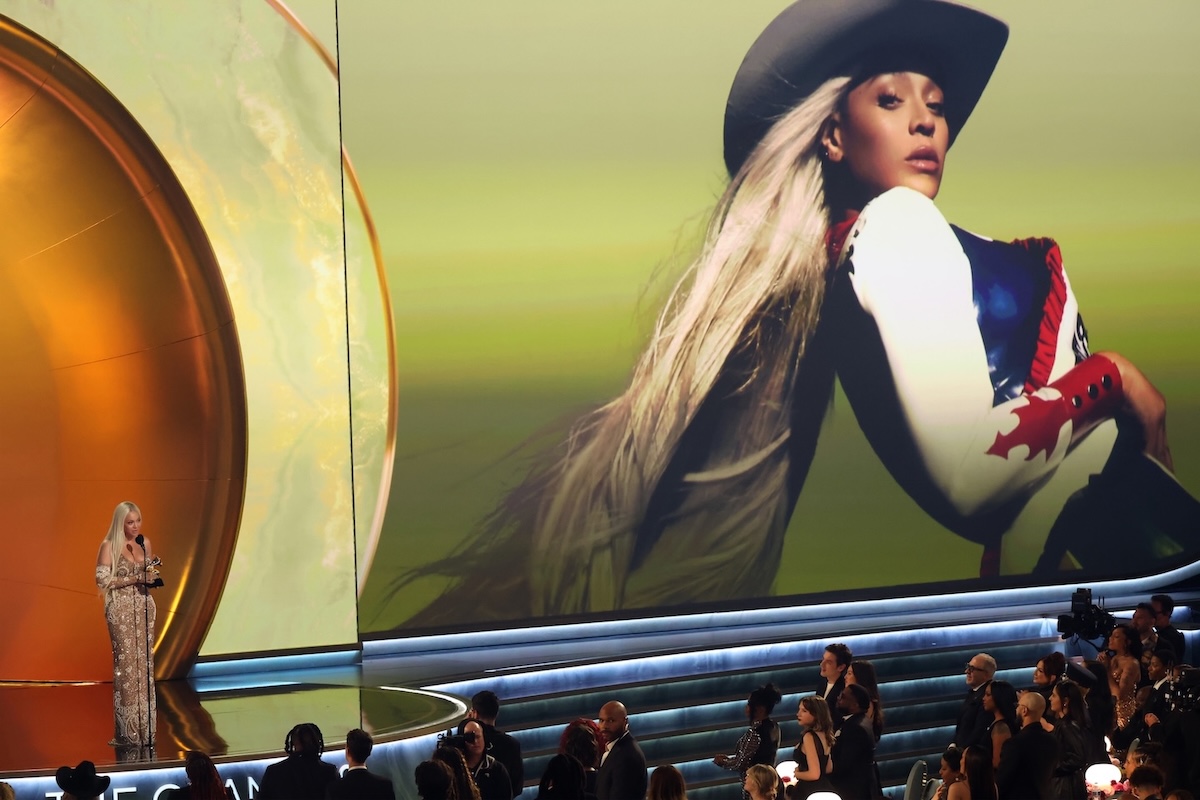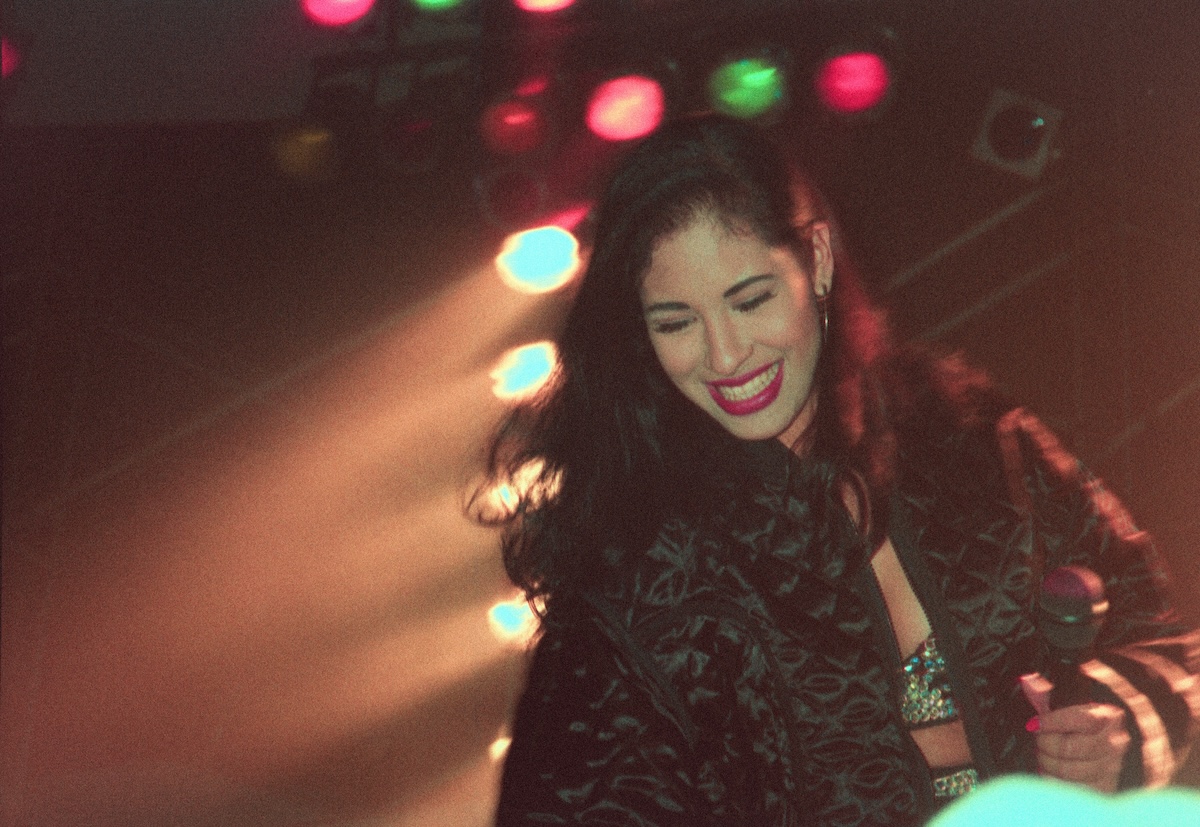Today’s live music industry is at an inflection point. Global acts that once sold out stadiums in mere seconds, like Beyoncé and Katy Perry, are facing unexpected ticket sales challenges, such as sluggish demand. Beloved bands like the All-American Rejects are opting to play backyard gigs in the heart of their communities rather than traditional venues.
These artists are most definitely not in decline, as they’re all cultural icons with both global recognition and massive online audiences. So how is it that in an era of constant visibility, even the biggest names in music are finding it harder than ever to fill seats?
The disconnect has nothing to do with demand. It’s about how artists reach their fans and how the platforms they rely on have quietly reshaped the artist-fan relationship. Visibility has never been higher, but connection has never felt thinner.
Today’s musicians are relying on borrowed platforms that weren’t designed for them. The result is a system that strips them of control, weakens fan relationships, and leaves potential revenue on the table. It’s time to rethink the artist-fan relationship, and not as a content stream but as a community. And it should be one that acts can truly own.
The Broken Feedback Loop of Social Media
Social media was sold as the great equalizer. Post the right thing and you could blow up overnight. In practice, it’s created a race to the bottom where the loudest win and the most original often burn out.
These platforms reward trend-chasing over creativity and consistency. Even the biggest creators have no access to their own fan data. They can’t email them, text them, or reach them on demand. And when something actually matters, like selling a tour or moving merchandise, there’s no guarantee the algorithm will come through and surface your posts.
For the artists, this is beyond frustrating. It proves it’s a broken system. Social media has turned fans into followers and followers into passive metrics. Now compare that to the early internet with fan clubs, forums, and mailing lists—genuine communities where fans felt seen and where artists built loyalty that lasted longer than any feed refresh..

Rented Land, Vanishing Control
Artists are running their careers on infrastructure they don’t own. This means artists have surrendered control of their most valuable asset—their fan relationships. Fan data is split across ticketing platforms, streaming services, merch shops, and many more channels, none of which are shared or connected. That would be like a restaurant chain where each location uses a different system and none of them know if the same customer has visited before.
No successful direct-to-consumer brand would do that. So why would an artist?
Some artists are already making the shift. From Latin America to the U.S., they’re using new tools, like the one we’re building at Sesh and platforms like Discord that let them communicate directly with fans. No app download. No algorithm interference. Just a real channel they control. Social media will never go away, but it will stop being the foundation. It becomes the flyer, not the venue.
The Superfan Economy Is Already Here
Goldman Sachs estimates the superfan economy will be worth more than $4.3 billion in the next few years. These are the fans who want more than the music. They want access. They want to participate. And they’re willing to pay for it.
Musicians who know who their top fans are and know how to actually reach them will win in the long run. Those who don’t will be left shouting into the void. Direct-to-fan tools are no longer optional. They’re the difference between surviving and thriving. Artists using these platforms are already building vibrant communities with nothing more than a phone number and a clear vision.
The real value isn’t just financial—it’s creative autonomy. When you’re not dependent on algorithms, you can create what matters to you instead of chasing whatever the platform rewards this month. You can experiment and know your fans will show up regardless.
The message is simple: Stop renting your fans. True freedom means owning your audience.
The acts that will thrive in this next decade won’t be the ones with the most followers. They’ll be the ones who build the deepest, strongest fan relationships.
The tools are here. The shift is already happening. It’s just a matter of choosing to own it.
Pepe del Río is co-founder and CEO of Sesh.



